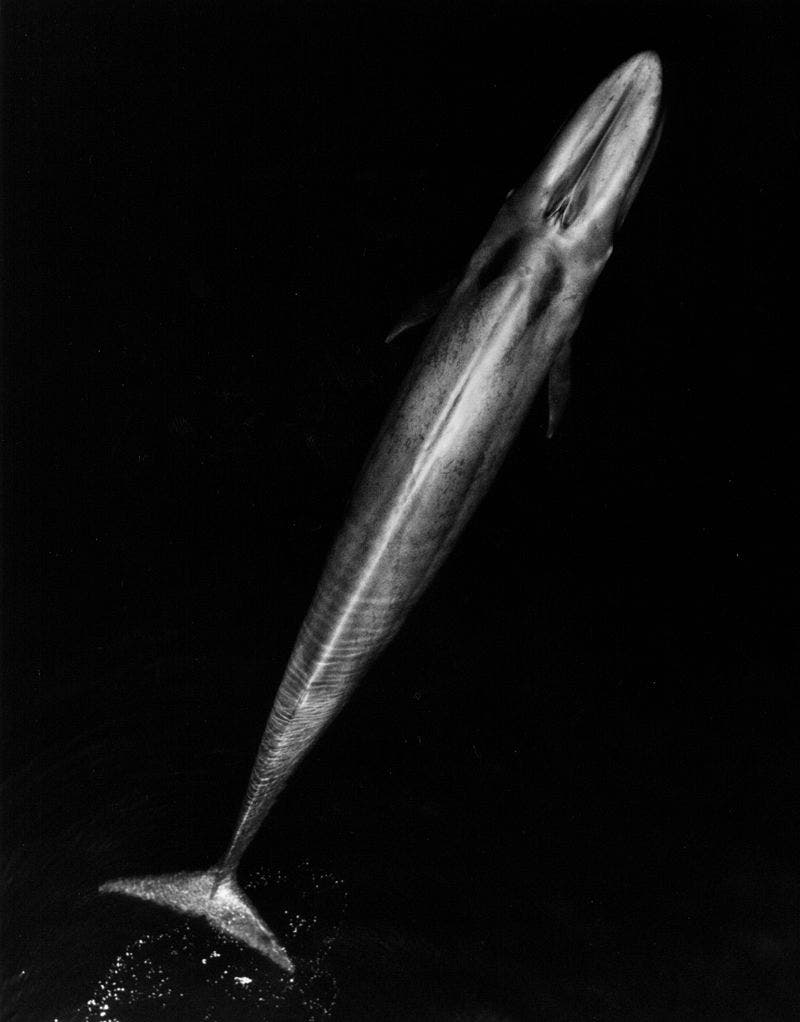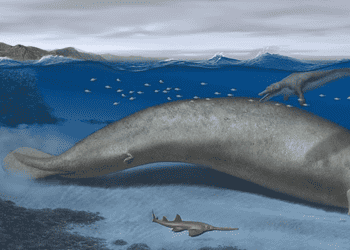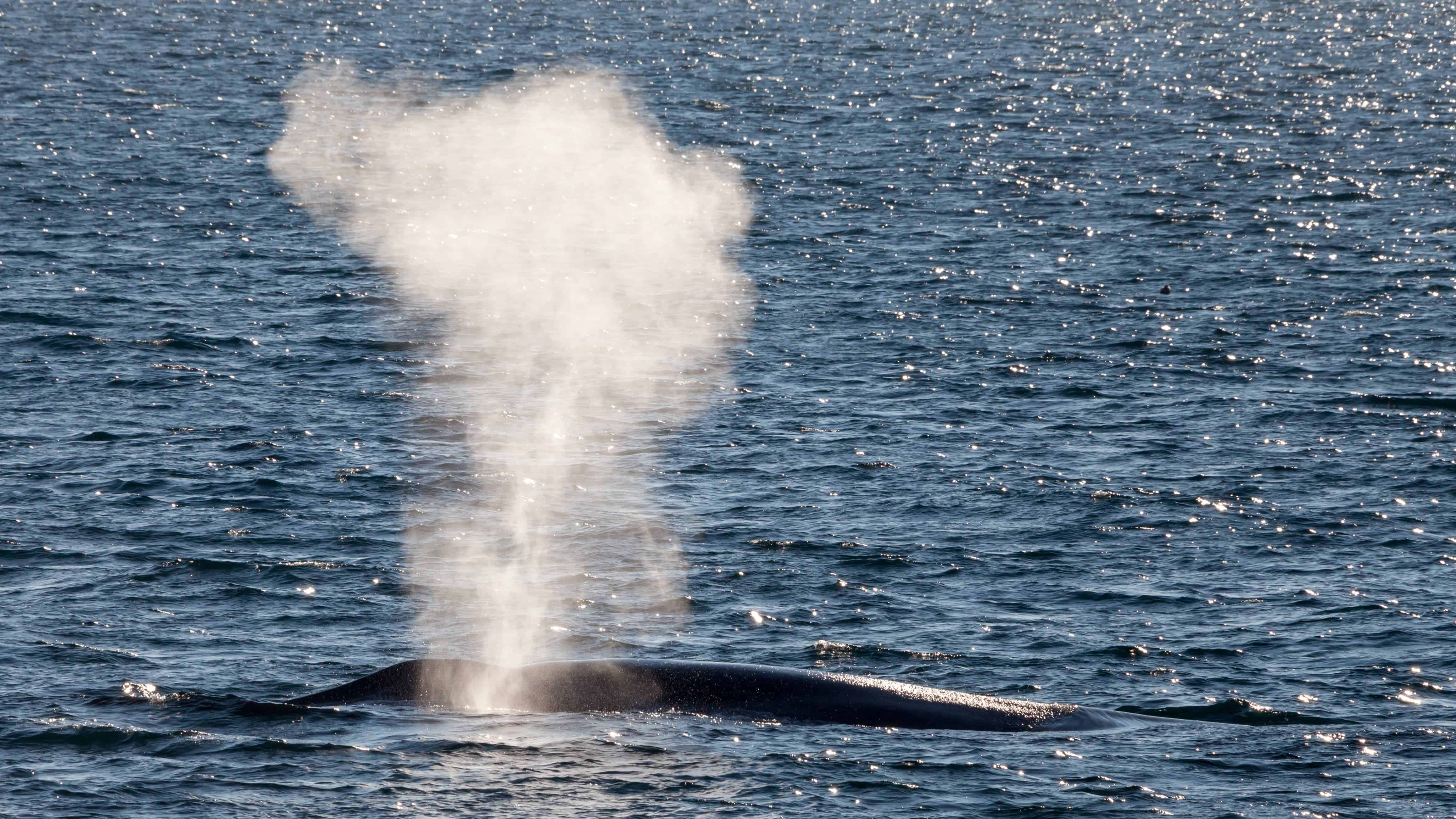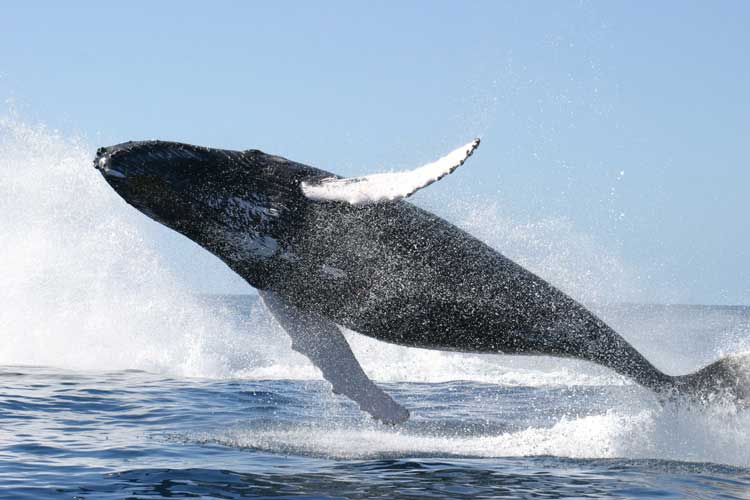Spotting wildlife, especially species as elusive as the blue whale, can be extremely time consuming and at times frustrating. But every once in a while, you get a streak of luck, as Zoologist Mark Carwardine just did. He was explaining why spotting blue whales is so difficult, when suddenly… a blue whale appeared!
Blue whales are marine mammals, and they’re the larger species ever known on Earth. They were abundant in all the Earth’s oceans until the 20th century, when they were almost hunted to extinction by whalers. A 2002 report estimated there were 5,000 to 12,000 blue whales worldwide.

This clip was taken from Big Blue Live, a new live series coming soon to BBC One in the UK and PBS in the US.






